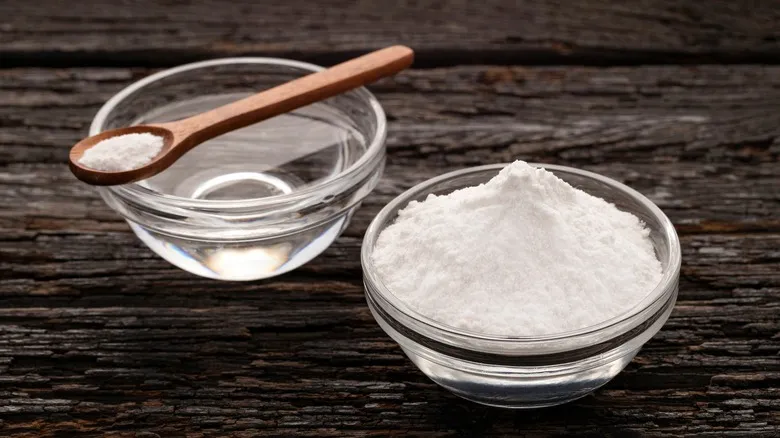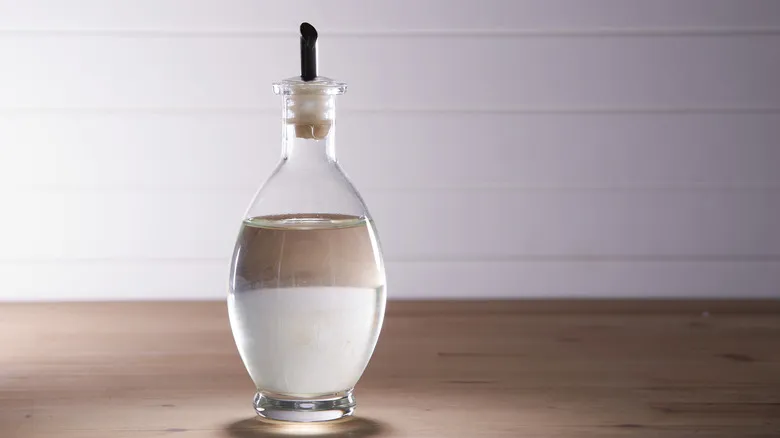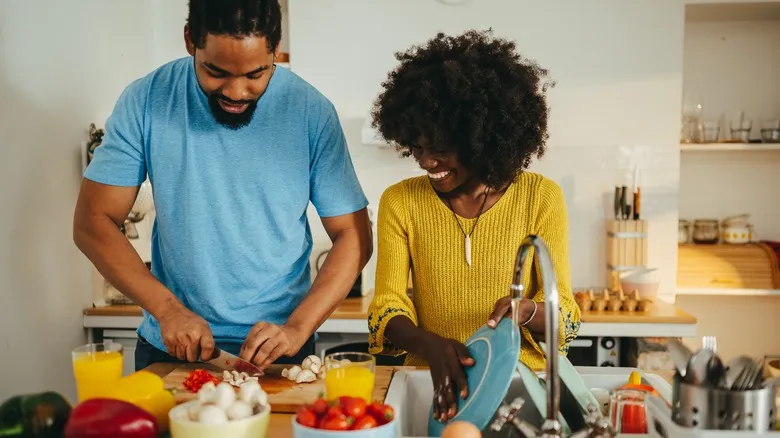How to clean your coffee maker with baking soda

Using baking soda is an essential step in deep cleaning your coffee machine. It's recommended to do this every two to four months, depending on how frequently you use your machine. If you observe significant grime buildup, limescale, or even mold, it's time to take action with your baking soda.
Start by removing any leftover coffee grounds using the coffee filter and empty the water reservoir. Combine ¼ cup of baking soda with about 1 cup of water and pour the mixture into the tank. Place the coffee pot on the warming plate, turn on the machine, and allow it to brew. Pause the process halfway through and let the solution sit for approximately 30 minutes to effectively clean the internal components.
After the soaking period, turn the coffee machine back on to complete the brewing cycle, then discard the cloudy water collected in the pot. Your machine should now be free of coffee oil residue and any unpleasant odors. The final step is to rinse the machine thoroughly. Run at least two brewing cycles with fresh, clean water to eliminate any remaining baking soda. Conclude your cleaning by wiping down the exterior of the machine and hand washing any removable parts.
Baking soda can't handle heavy limescale, so use vinegar

While a DIY home cleaning solution can be effective, it often can't handle every cleaning task on its own. This is true even for baking soda; although it excels at tackling greasy residues and various dirt, it falls short when it comes to removing stubborn mineral deposits. That's where vinegar comes into play. Vinegar is another widely used natural and non-toxic cleaning agent. Thanks to its low pH, this liquid is excellent at breaking down limescale buildup in appliances like coffee makers (it’s also useful for cleaning electric kettles). So, if you’ve deep cleaned with baking soda and still see limescale in your coffee machine, mix a 1:1 solution of vinegar and water. You can use distilled vinegar, white vinegar, or apple cider vinegar for this purpose.
Pour the mixture into the water reservoir and follow the same brewing cycle process you used with the baking soda solution, splitting it into two parts. Afterward, rinse with fresh water. You can also descale the carafe using a similar vinegar solution; let it sit for about 30 minutes, then discard and rinse the pot. With this, your coffee maker will be clean and ready to brew your next cup of coffee—a perfect chance to experiment with different types of Italian coffee and discover your favorite!
Recommended

This Coffee Filter Hack Is The Solution When You're Low On Paper Towels

12 Creative Ways To Use Up Leftover Watermelon

Cleaning Your Kitchen After Cooking Can Be Daunting, But One Easy Tip Helps

Got Cloudy Wine Glasses? Reach For The Baking Soda
Next up

